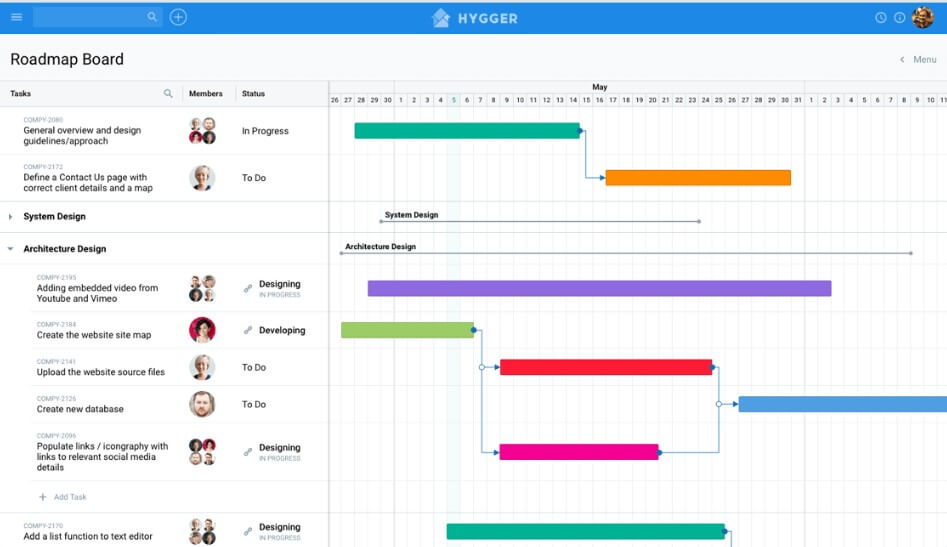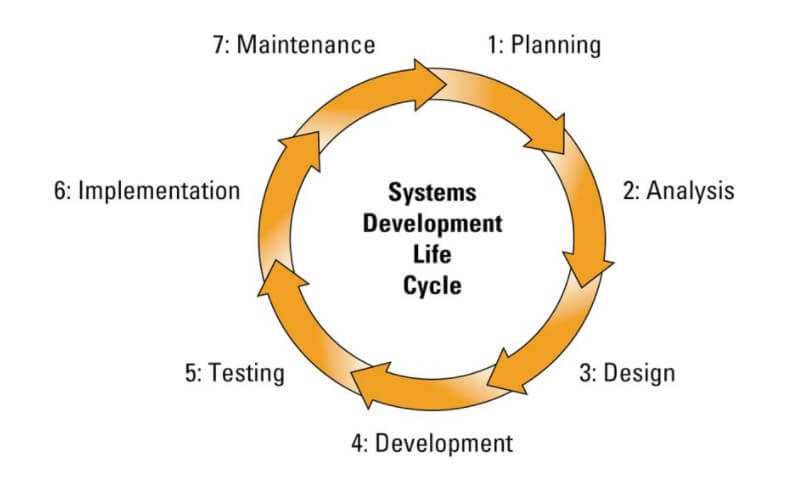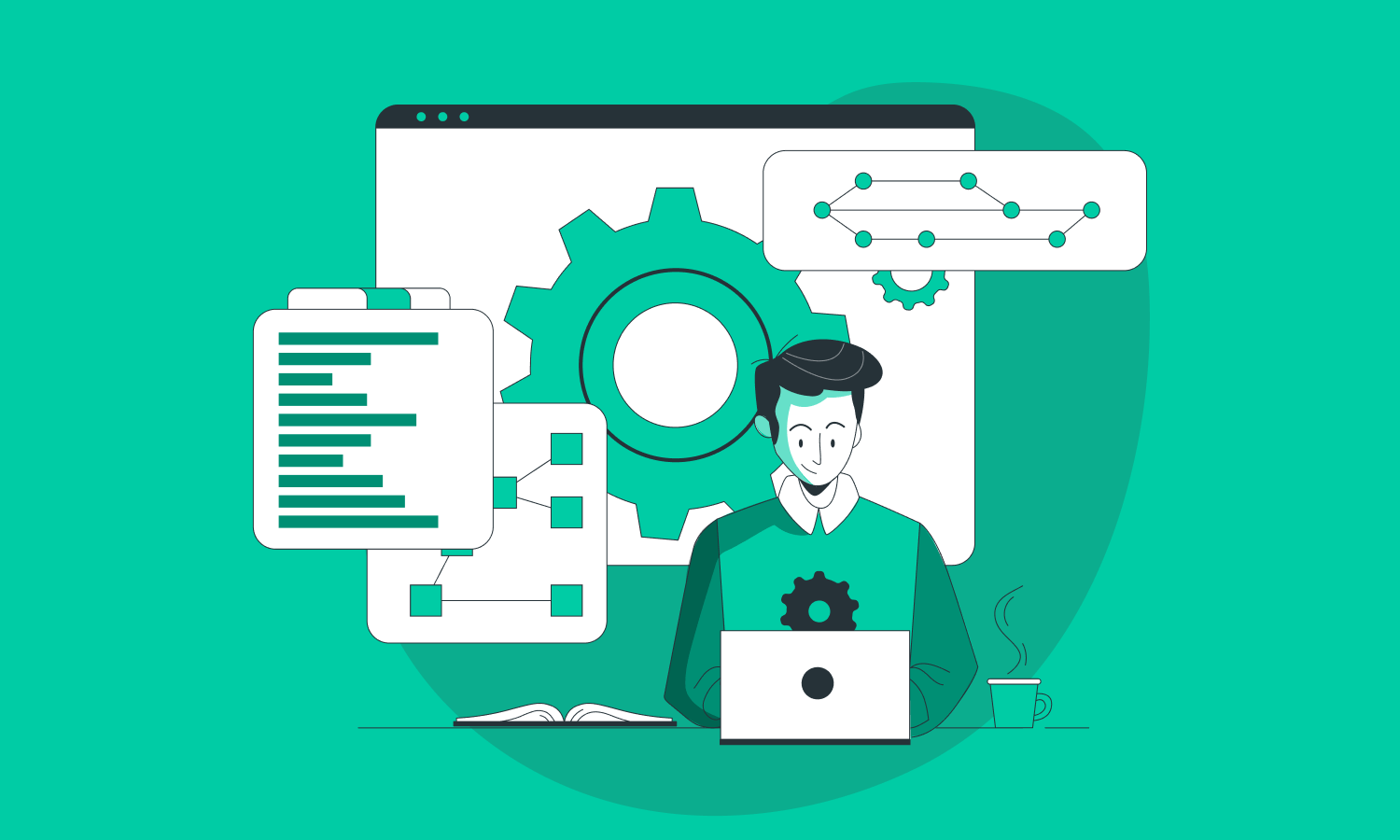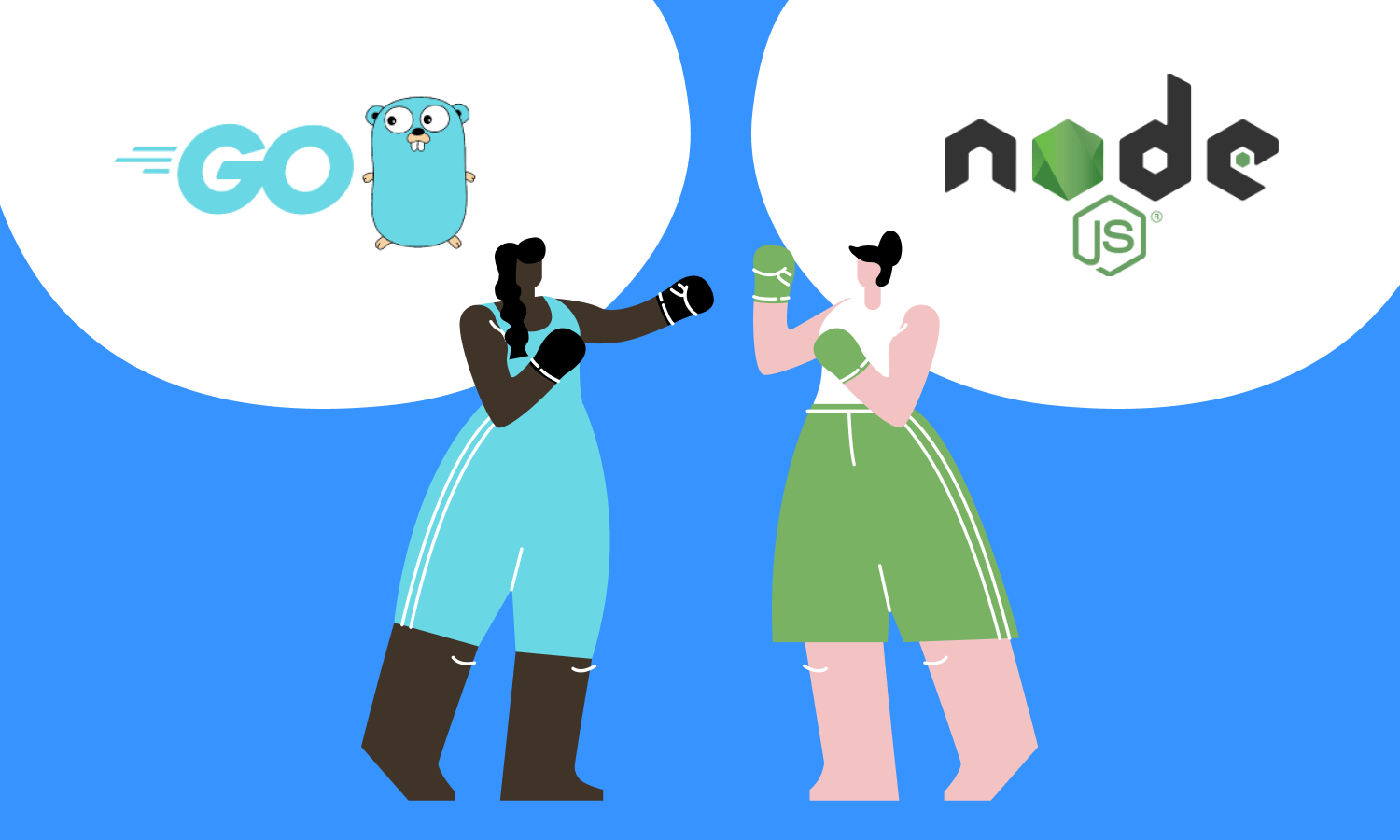What Are SDLC Stages? Developing Great Products According to Software Development Life Cycle

Today’s high-tech life is impossible without software solutions. Innovative software products have become an integral part of our everyday routine.
Could you imagine any activity not powered by some kind of computer-related process? Obviously not.
Software development is a highly organized process with legible procedures and strictly defined stages widely known as the Software Development Life Cycle (SDLC).
Whenever you need an innovative mobile app, software suite, or end-user web solution, besides all the other important factors, it depends on a set of processes practiced by your team of developers.

What is SDLC exactly? What phases are involved? Let’s figure it out.
7 Stages of Software Development Life Cycle
1. Planning and brainstorming
Every great achievement starts with a great idea. This idea must be carefully thought over to be successfully implemented.
Planning is the initial phase of software development or product development. It assumes defining the scope of the project and ways for the new system to meet business strategic objectives, timeframes, resource availability, and cost-related issues.
A good plan can be effectively drafted within a brainstorming session. After that, you will be ready to move forward. Following such online tools like Hygger timeline, you will benefit a lot from creating a detailed plan from the very beginning.

2. Requirements & feasibility analysis
You should use this phase of the software development lifecycle to define in detail and analyze the project’s feasibility. Catchy design and clean code and are not enough, in case you want to build an actionable software solution. You will initially need the development team to get a clear understanding of all project goals and collect requirements.
Feasibility analysis will show all technical and economical aspects impacting the app development process, including time, resources, tasks and involvement estimates. Requirements analysis will help to identify risks at the very start and structured documentation will guarantee better cooperation and understanding for both developers and clients.
3. Design
At the next step, you will have to bring down the whole knowledge of analysis and design the software product. Design is a crucial component of software project development. You will need all the inputs from users and information gathered in the requirement-gathering phase.
This phase sets definite workflows and standards and encompasses a clear overall product design with the database structure. As a result, you’ll get two designs – the logical design and the physical one. After the design stage, it’s time to move to development.
4. Development/coding
The next stage is development. The stage within the software development process means writing code and converting design documentation into the actual software.
Development is typically the longest step of the SDLC as it’s the backbone of the whole process. Software engineers have to make sure their code meets all the requirements specifications conforms to the stakeholders’ requirements, and so on. The ready-to-use software is bound to match all the requirements to the software project only in case the previous stages were carefully fulfilled.
After the complete architecture and the planned functionality of the solution is built, the testing phase starts.

5. Testing and integration
When the software solution is completed, the next stage including system testing and integration starts. It might vary depending on the adopted testing processes.
Usually, testers use a whole range of frameworks with continuous integration executing unit tests, automation compilation, and testing. The QA team conducts tests including functionality testing, systems integration, and user acceptance testing. Then it is time for verification and validation that ensure that the software is completed successfully.
6. Deployment
After the previous five stages, you should be ready for the actual installation of the crafted solution. It is performed step-by-step according to the implementation plan. The newly built software solution is moved to production. It includes data and components transfer while during the next releases only the specific changes will be deployed.
It can be a straightforward release or released in stages in case of a more complex project. It depends on the complexity of your project. The stage of deployment and implementation means that the end-users and system analysts can actually see and try out the result.
7. Maintenance
The final but very important stage of the software development lifecycle is maintenance and regular updates.
This SDLC stage is treated with the maximum attention since during the stage the product is upgraded, enhanced, and polished. It is fine-tuned in accordance with real-world feedback on its performance. It is the best time to robust the app’s functionalities to upgrade its performance and modify based on the actual needs of the end-users.

What benefits does the SDLC provide?
The software development lifecycle (when it is done properly) can allow the highest level of management control and documentation.
The development team understands what they should build and why. All parties agree on the goal upfront. They are able to see a clear plan for arriving at that goal. After all, everyone understands the costs and resources required.
However, even the minor pitfalls can turn an SDLC implementation into a real roadblock to development than a powerful tool. You will get benefits of SDLC only if the plan is followed faithfully.



